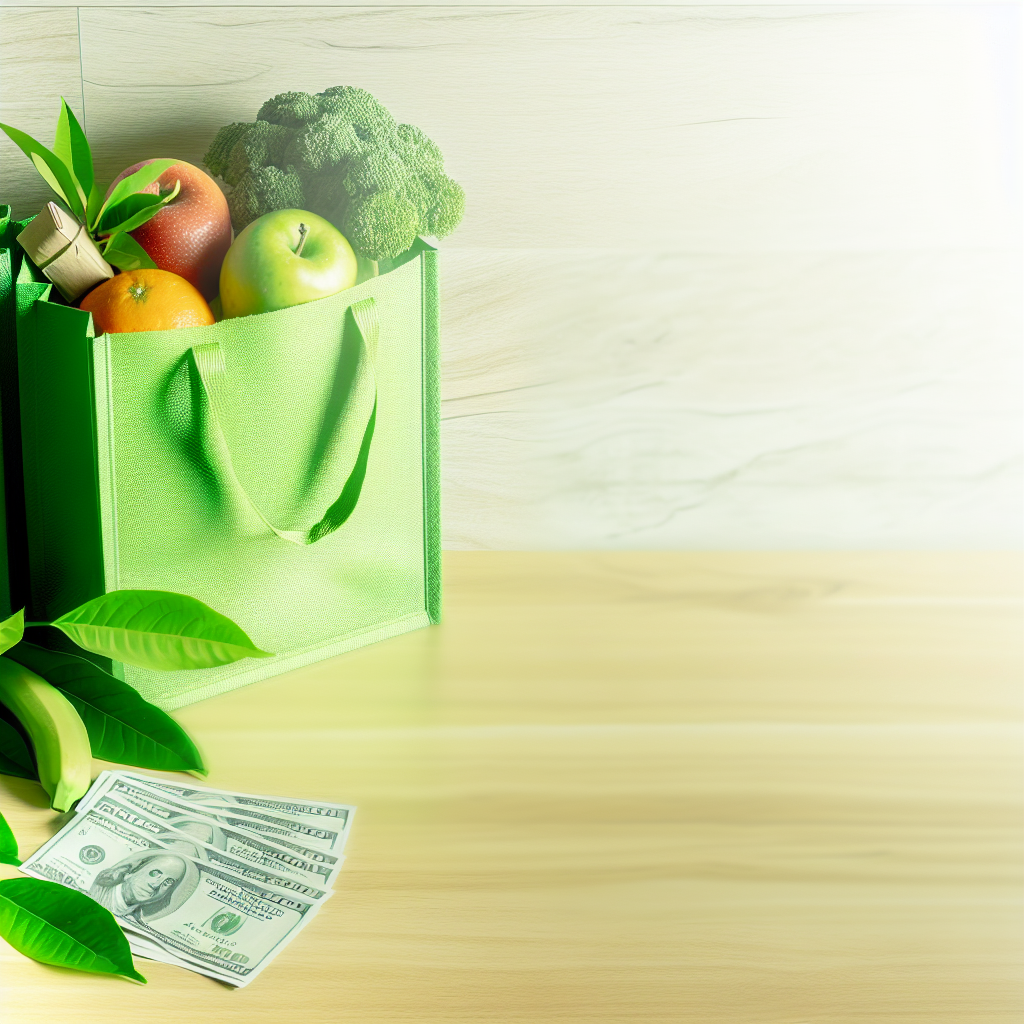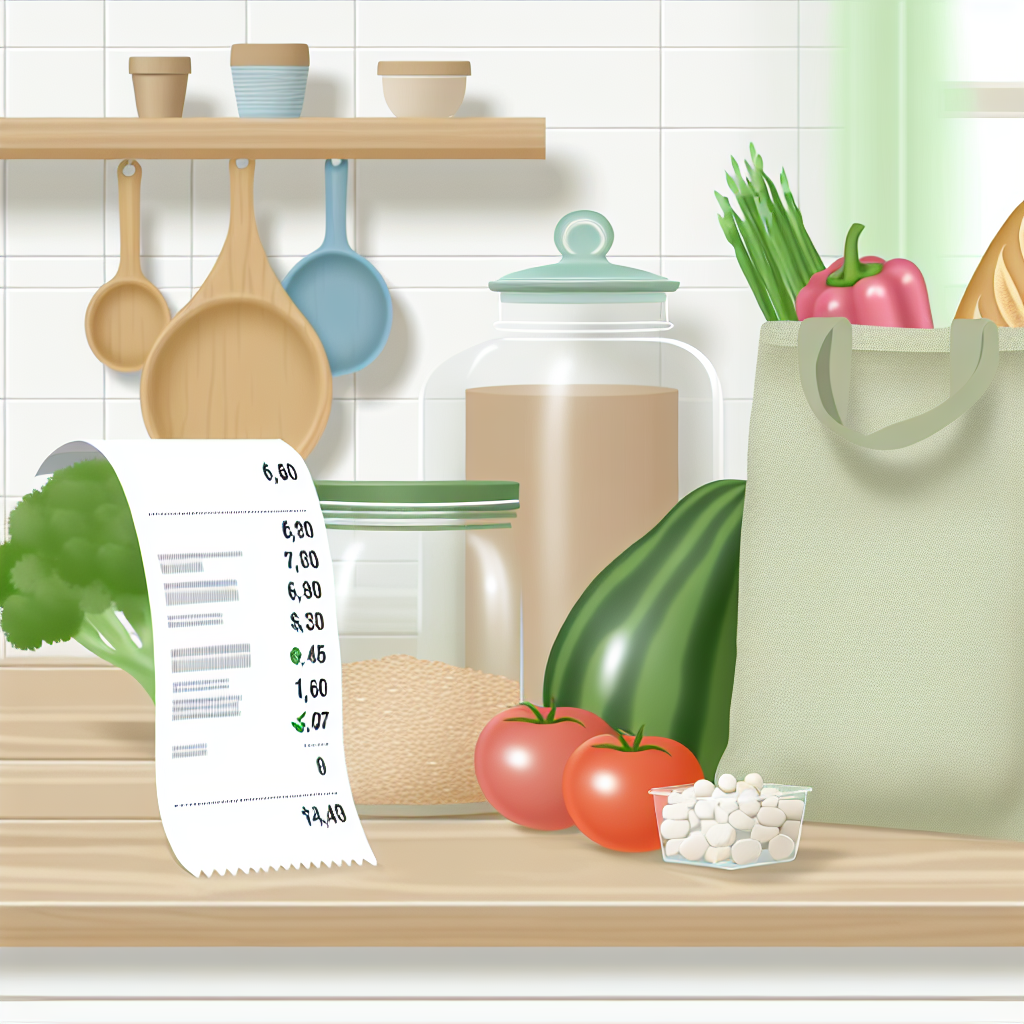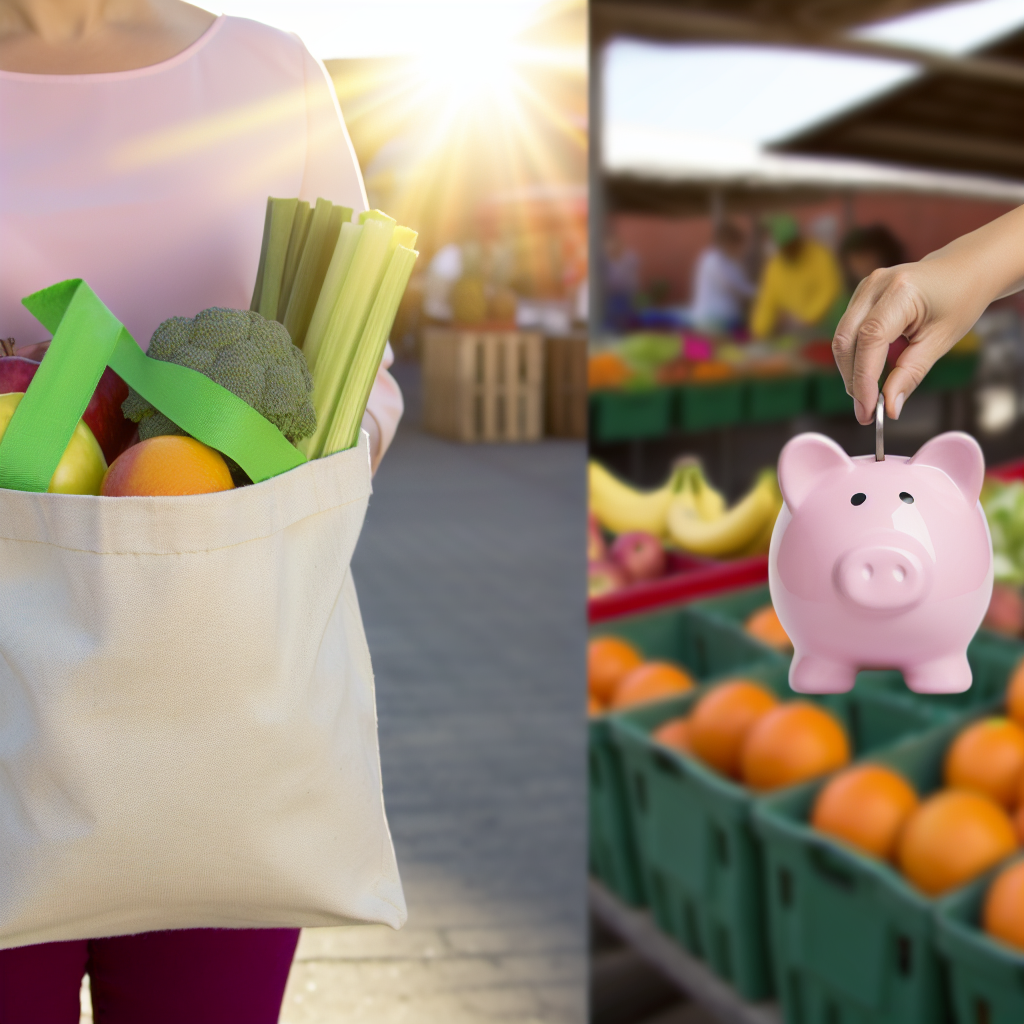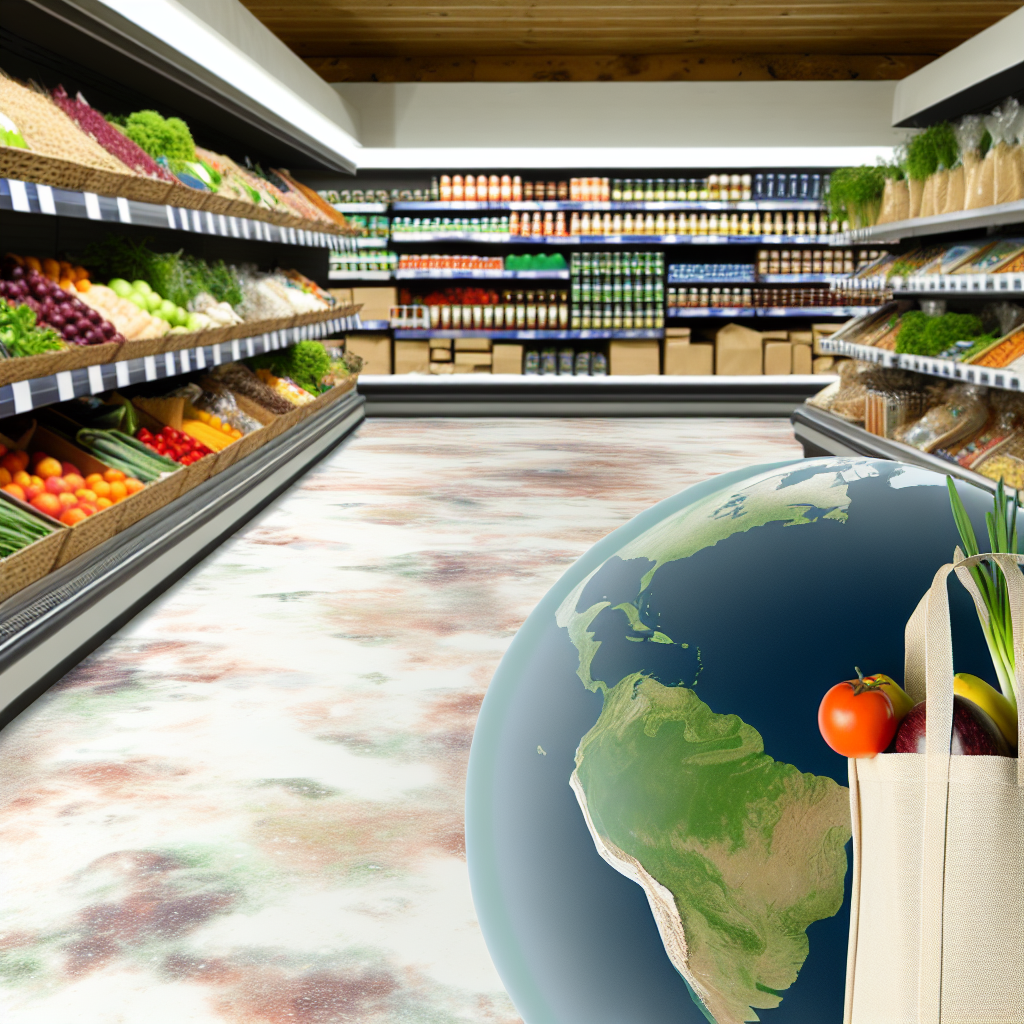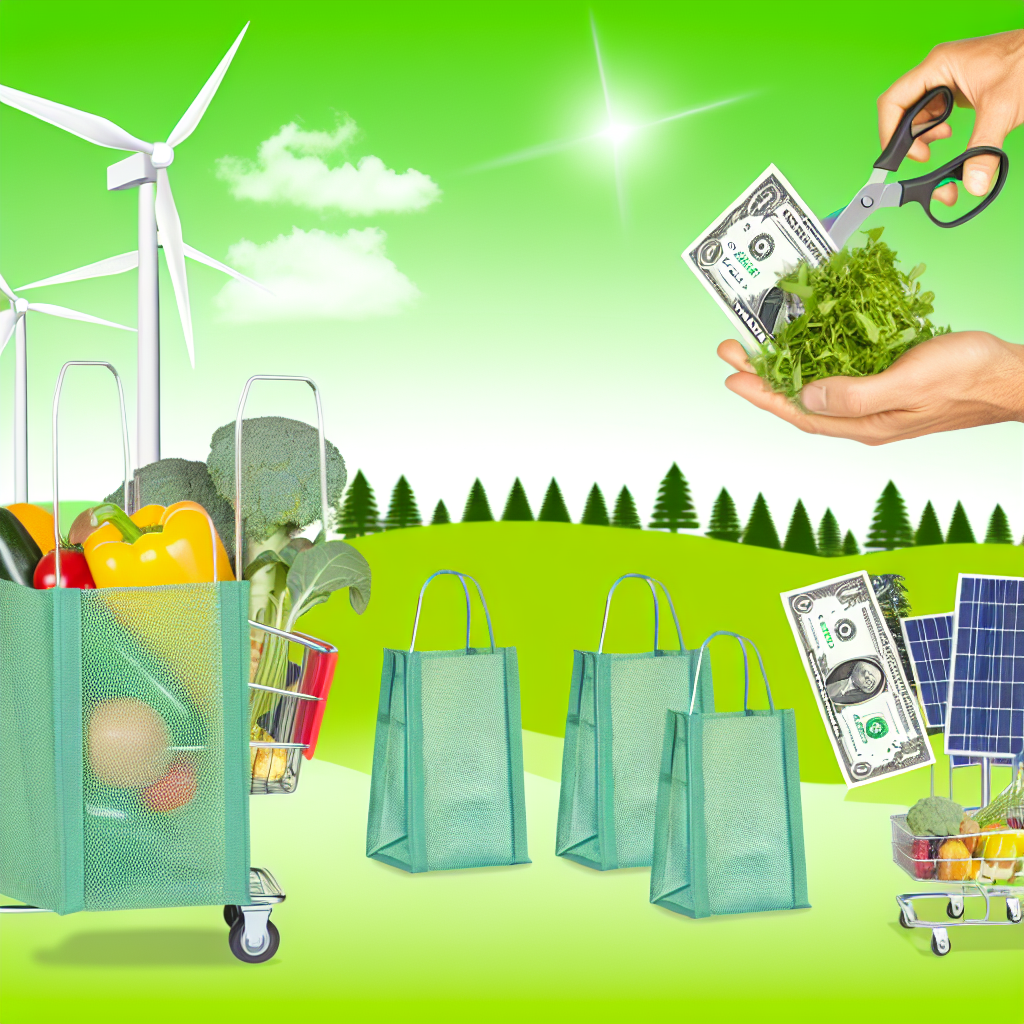10 Surprising Ways to Save on Groceries and Help the Planet
Introduction
Welcome to the amazing world of saving money and saving the Earth! Grocery prices are going up faster than my dog can chase a squirrel, and the planet needs our help. It’s important to make choices that are good for both our wallets and the planet. Don’t worry! This post is all about sharing great ways to save money and be eco-friendly at the same time. Let’s jump in and turn your grocery shopping into a fun way to save money and the planet!
1. Plan and Shop Smart
The grocery store can be a tricky place with lots of tempting snacks and deals. But with a plan, you can win the shopping game.
-
Create a Meal Plan: Spend some time each week planning your meals. Choose recipes that use the same ingredients, like that big bag of carrots you’ve been thinking about. This way, you waste less food and make your shopping easier.
-
Make a Detailed Shopping List: Your list is your best friend. It helps you focus and not get distracted by shiny snacks. Use apps like Flipp to find discounts and coupons before you shop.
2. Buy in Bulk
Be like a Costco fan and buy in bulk—it can be good for both the Earth and your wallet.
-
Visit eco-friendly bulk stores where you can bring your own containers and buy just what you need.
-
Stock up on things like grains, pasta, and nuts. Just make sure to store them in airtight containers so you don’t invite any unwanted pests.
3. Prioritize Seasonal and Local Produce
Choosing seasonal and local produce means lower prices, fresher flavors, and lots of good vibes!
-
Benefits of Seasonal Produce: It’s often cheaper, tastes better, and needs less transportation, which helps reduce your carbon footprint.
-
Support Local Farmers: Check out nearby farmers’ markets for fresh, affordable options. You might even meet a farmer who tells jokes! Who wouldn’t want a laugh with their lettuce?
-
Try a CSA (Community Supported Agriculture). It’s like cooking with what a local farmer picks for you each week. Expect surprises and get ready to be creative in the kitchen!
4. Grow Your Own Food
If you like the idea of farm-to-table, why not try garden-to-plate?
-
Starting a garden doesn’t have to be hard. Begin with easy-to-grow veggies like tomatoes or herbs like basil. If you don’t have a yard, pots on a balcony or windowsill work great.
-
The benefits are plenty: You’ll save money, help the planet, and enjoy fresh food right from your own garden!
5. Embrace Meatless Meals
Let’s give a cheer for plant-based meals—they save money and are better for the planet.
-
Advantages: Eating lots of plants is cheaper and kinder to the Earth. Get to know foods like beans, lentils, and tofu. These tasty foods keep your meals filling and your budget happy.
-
Try delicious recipes like Yummy Lentil Tacos or Bean and Veggie Stir Fry. Your taste buds and wallet will be grateful!
6. Reduce Food Waste
Did you know people throw away about 30% of the food they buy? Let’s reduce that with some easy tips.
-
Tips to Minimize Waste:
- Use leftovers creatively. Last night’s quiche can become breakfast or a sandwich for lunch.
- Set up a FIFO (First In, First Out) system in your pantry, so you use older items first.
-
Composting is a great way to give back to the earth. Your future garden will love the rich soil from compost!
7. Choose Eco-Friendly Packaging
Smart shopping can start with the packaging you choose.
-
Pick products with less or biodegradable packaging when you can. It means less trash in landfills!
-
Always take reusable bags, containers, and beeswax wraps when you shop. You’ll feel like a superhero every time you skip a plastic bag.
8. Explore Discount and Zero Waste Stores
Look out for discount stores and zero waste stores—they can surprise you!
-
Discount stores often have big brands for less money. Stock up on things that last a long time.
-
Zero waste stores let you bring your own containers, which saves money and reduces packaging waste—a win-win!
9. Cook from Scratch
Becoming a chef in your kitchen can save you money and be healthier than buying pre-packaged food.
-
Homemade meals usually cost less and are better for you. Plus, you control what goes into your food—no more preservatives!
-
Try easy recipes like a fast vegetable stir fry or homemade pasta sauce. They’re friendly to your wallet and your taste buds!
10. Use Technology to Save
Your phone can help you save money and protect the environment!
-
Use Savings Apps: Check out apps that offer rebates or discounts, like Ibotta or Rakuten. It’s fun to save money with just a few taps.
-
Find Online Communities: Join groups and forums about sustainable living. You’ll learn new tips and maybe even make some new friends.
Conclusion
To sum it up, these tips are great for your budget and the Earth. Try a few ideas, and you’ll notice a difference in your expenses and your carbon footprint. Whether you’re cooking from scratch, choosing seasonal produce, or growing herbs on your windowsill, small steps can lead to big changes.
Share your eco-friendly money-saving tips in the comments. If you have a fun or unexpected story, let everyone know!
Additional Resources
- “The Guide to Low Impact Living” by Lorraine Anderson
- “Waste Not, Want Not: A Resource-Saving Guide” by Maria Little
- Check out websites like EarthEasy and GreenAmerica for more sustainable grocery shopping tips.
Thanks for joining this savings adventure with me. Remember, in the world of saving money and helping the planet, green is the new cool!

